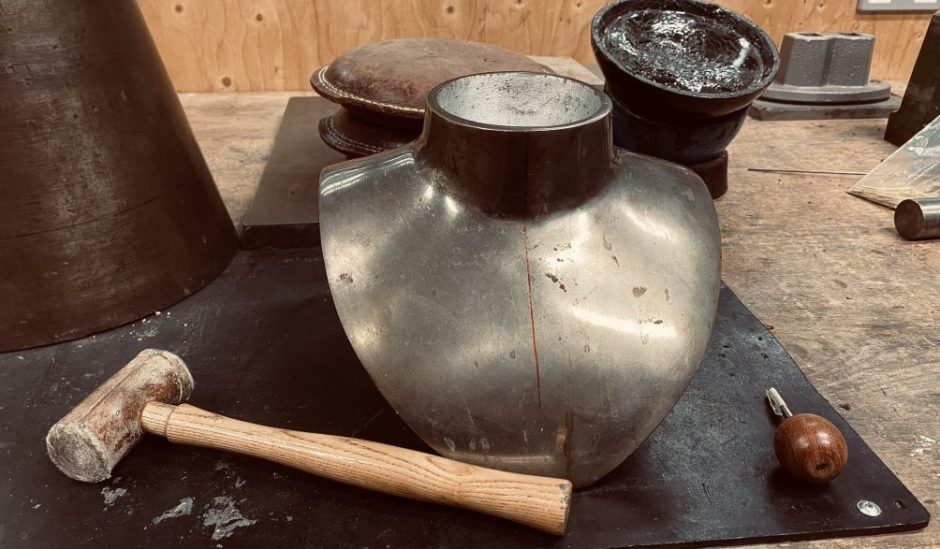The Reading material I was allocated was “The potential of online object-based learning activities to support the teaching of intersectional environmentalism in art & design higher education” ( Willcocks & Mahon 2023 ), despite it’s daunting and verbose title it was a very interesting read.
The article explores the use of objects to encourage thought and discussion into how to explore a subject further, in this case it was on colonialisms effect on climate change, the environment and societies. The use of 19th century botanical illustrations were used and in particular the plants most favoured by European colonists of the West Indies and Asia such as Tea, Rubber and tobacco. The images provided were used to encourage students explore the way in which they were painted, devoid of environmental context such as local flora and fauna and geographical position and displayed in scientific starkness yet these were the plants that pushed out sustainable local farming changed landscapes forever and encouraged slavery.

Public domain tobacco plant drawing from 1779
The students were graphics and product design students but I find this a very useful technique for encouraging any students to open up and think about how design can inform us more about society in the wider lens and the implications their own designs will have.
For my own field in Jewellery design possibly looking at the use of large pearls in Jewellery of the aristocracy that came to colonise overseas areas, this a material that is not readily found in cold Norther European waters but that of warm Asian and Pacific seas. These becoming desired by the varying tiers of society to create a demand that would push out native industries like sustainable fishing fleets of the south sea island and replaced by early over fishing for oysters and damaging of reefs and then large scale pearl farms.
Possibly by getting students to find examples of their own that can demonstrate topics like these we can encourage more detailed examination of design practices. It can be difficult sometimes to get students to appreciate design impact and simply just delivery lecture o the facts can be dull and often be missed.
Working online in this method with students could provide a welcome rest from screen fatigue where they can be tasked with finding similar objects in their own locale in museums or surroundings that will demonstrate the topics being investigated in their briefs.

Reference
( Willcocks & Mahon 2023 ) The potential of online object-based learning activities to support the teaching of intersectional environmentalism in art & design higher education
